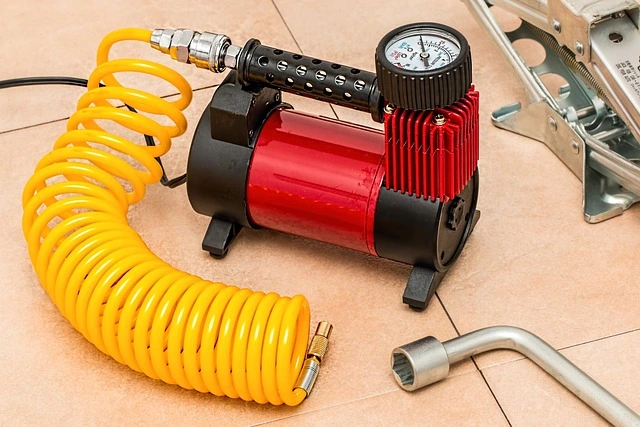Last updated on April 21st, 2023 at 01:29 am

As most of you might know, tire sealants are used for temporarily moving your tires after a puncture. It is made of glycol, rubber particles, organic thickeners, and other chemicals merged into a liquid foam. The liquid drops into the tire and dries inside it, covering the punctured area of the tire. If it is a tubed tire, then sealant should fill into the tube rather than the inner tire.
Sealants come in handy if you don’t know how to change a tire, or if you are in a hurry, however, they can damage the TPMS or tire wheels. So make sure to check tires with the professional after applying the sealant.
Table of Contents
How tire sealant work
There are two types of tire sealants, one that came in a bottle and the other one that comes with a compressor kit. The procedure for applying both is quite the same, however, the compressor kit last longer and is more secure to use.
The process is simple, remove the valve core with the tools given with the sealants, connect the pipe with the valve, and squeeze the bottle or start the compressor to fill the sealant inside the tire. After that, inflate the tire and get back to your route.
Tire sealant storage
These water bottles lock like sealants could be dangerous sometimes. You can store compressor kits of sealant at any place they are safe to store even in your vehicle’s trunks. On the other hand, slim bottle sealants are most of the time flammable and if stored above the temperature of 120 Fahrenheit, could cause a fire. That is why it is not always a good thing to store them in your trunks.
When it is not a good choice
Most of the big punctures could cover by sealants, however, if there is a huge hole in a tire, then it is not a good time to use them. Because Sealants could cover a small to medium range of nail punctures, however for the bigger holes it is better to change a tire because it is not even safe to repair it. If there is a cut on the sidewalls, then unfortunately sealants won’t be useful for you.
Also if you have a spare wheel, then it is always the best option to utilize it if you know how to replace a tire. Because tire sealants affect the TPMS and TPMS does not show accurate data. Also, sealants can corrode the rims if there is a leakage.
Tire sealant and vibration
Using a sealant on the front wheels can cause a vibration, also if you have worn tread on the tire, then no matter which tires you use sealant may cause a vibration on your steering. You can buy a good quality sealants kit to minimize the effect however you can not make sure that the vibration won’t occur after using a sealant.
Is it safe to use
It is safe to ride with sealants after a puncture. However, you have to make sure that the tire is not deflating air very quickly. Because the TPMS after sealant does not work sometimes. Also if you have a bigger hole in the tire or if the air is deflating from the sidewalls of the tire, in this case, the sealant is not safe to apply on tires.
How long sealed tires last
It is recommended to drive with a sealed tire for not more than 100 miles. However, the tire could reach up to 124 miles, after that, an immediate check-up will be required. You also have to make sure that you won’t drive your car at a speed of more than 50MPH, doing s could damage your tires, or sealant might not be as effective for a longer period of time.
Conclusion
Tire sealants are effective tools if you know how to use and store them properly. We think that if you have read this article carefully you won’t have any problem with them. They come in handy if you want a quick fix of your tire puncture and don’t want to get messy by changing your tires. Although they are not as effective as repairing punctures, for a short period of time it provides good value and solves the problem quickly.